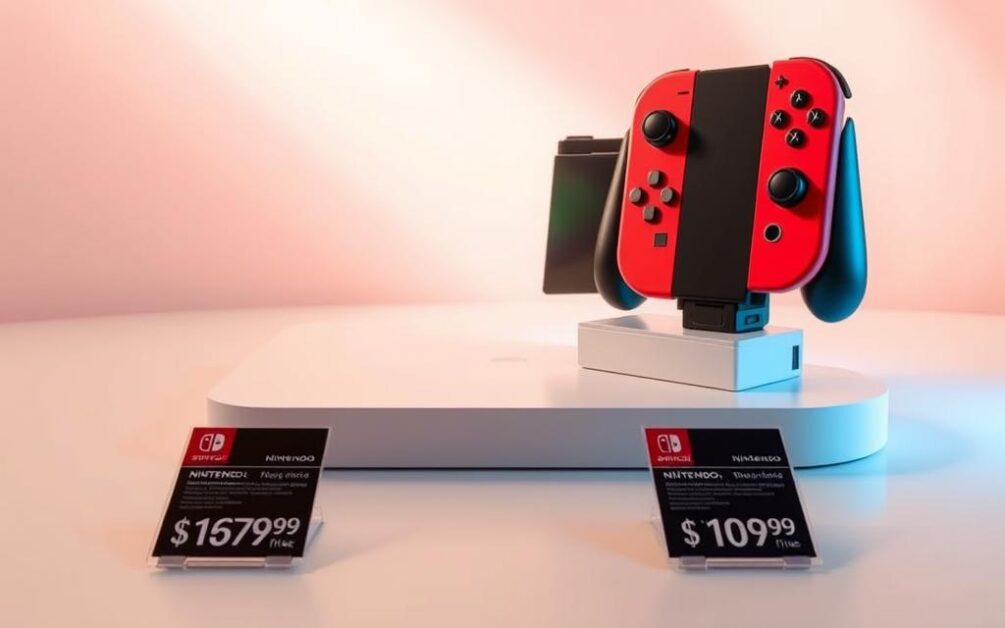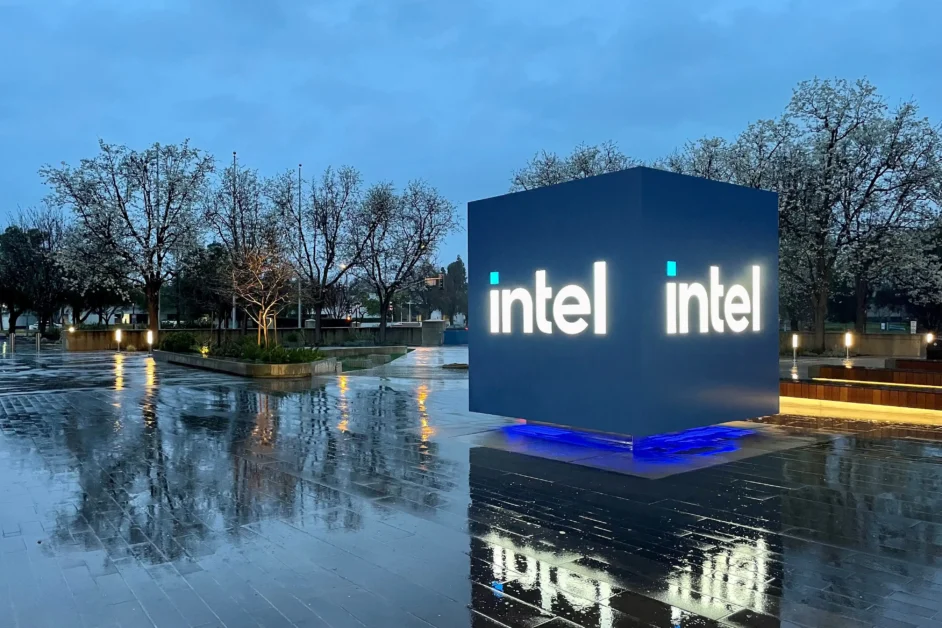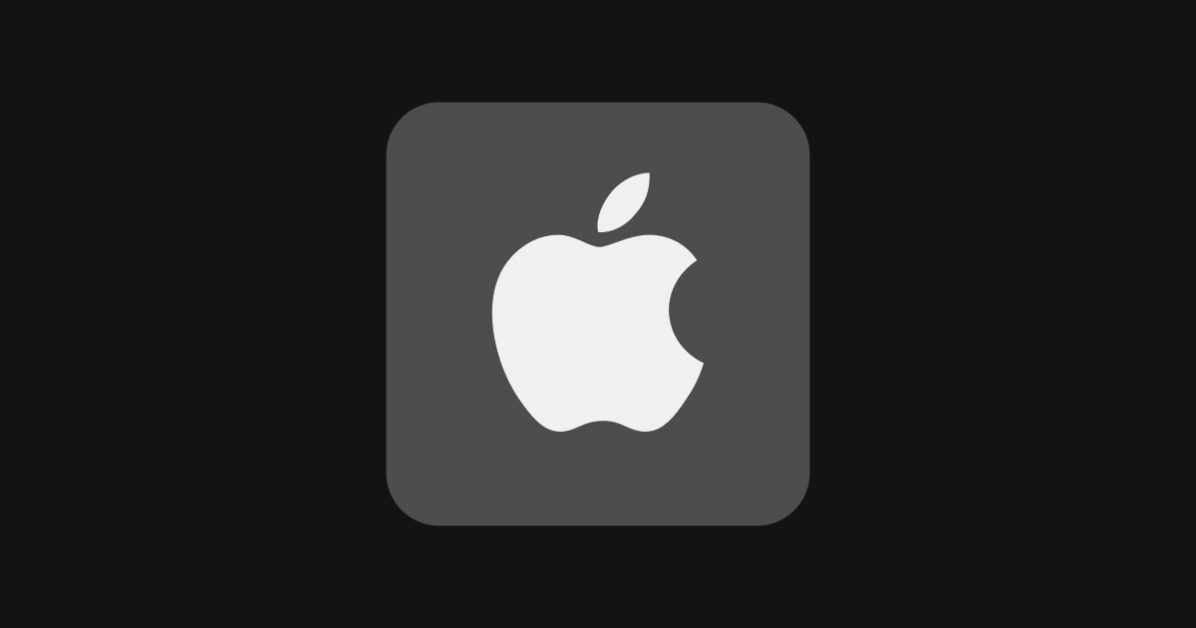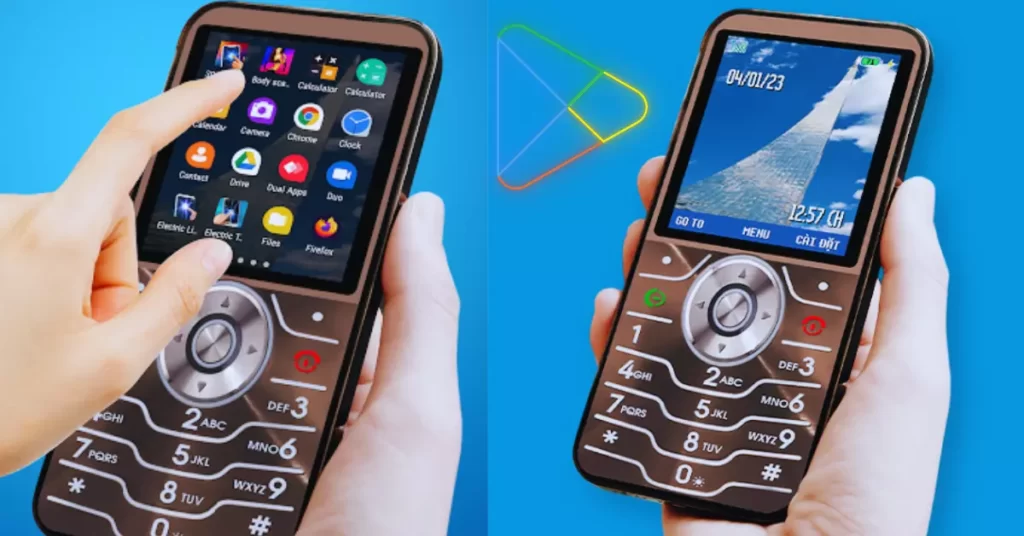Latest posts by Adebayo Opeyemi (see all)
Discover more from Techy247
Subscribe to get the latest posts sent to your email.

Subscribe to get the latest posts sent to your email.





Recent Posts

| S | M | T | W | T | F | S |
|---|---|---|---|---|---|---|
| 1 | 2 | 3 | 4 | 5 | ||
| 6 | 7 | 8 | 9 | 10 | 11 | 12 |
| 13 | 14 | 15 | 16 | 17 | 18 | 19 |
| 20 | 21 | 22 | 23 | 24 | 25 | 26 |
| 27 | 28 | 29 | 30 | 31 | ||
Subscribe now to keep reading and get access to the full archive.